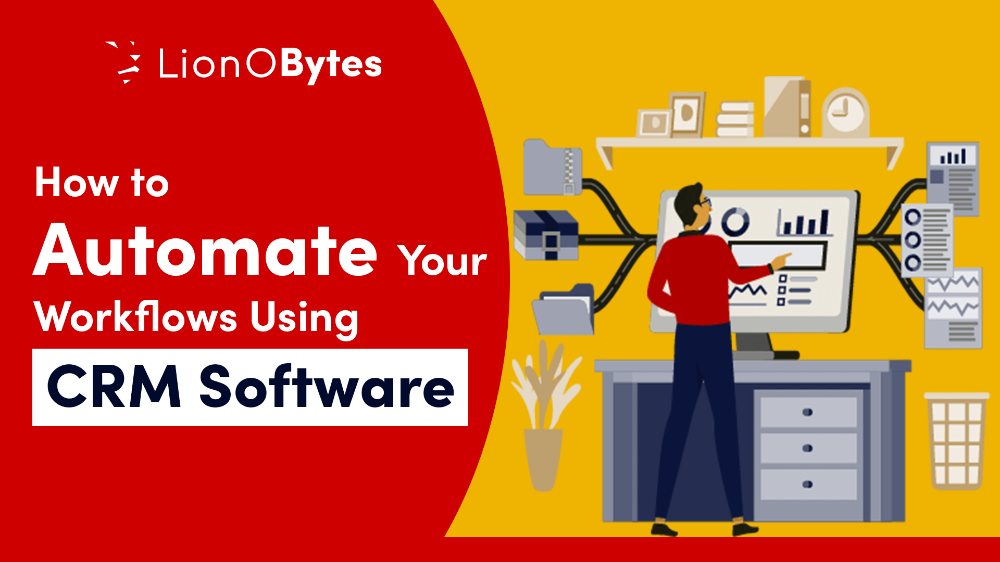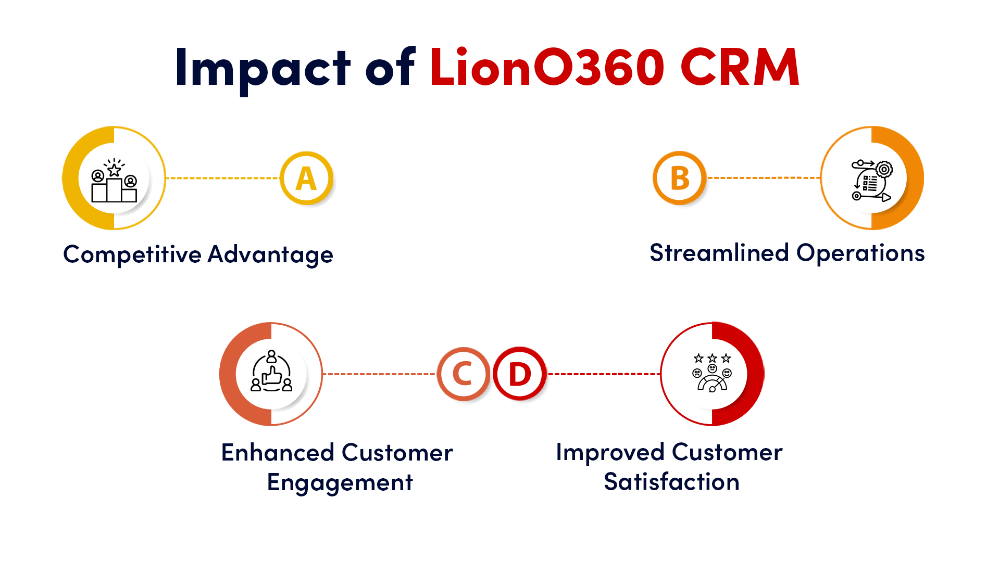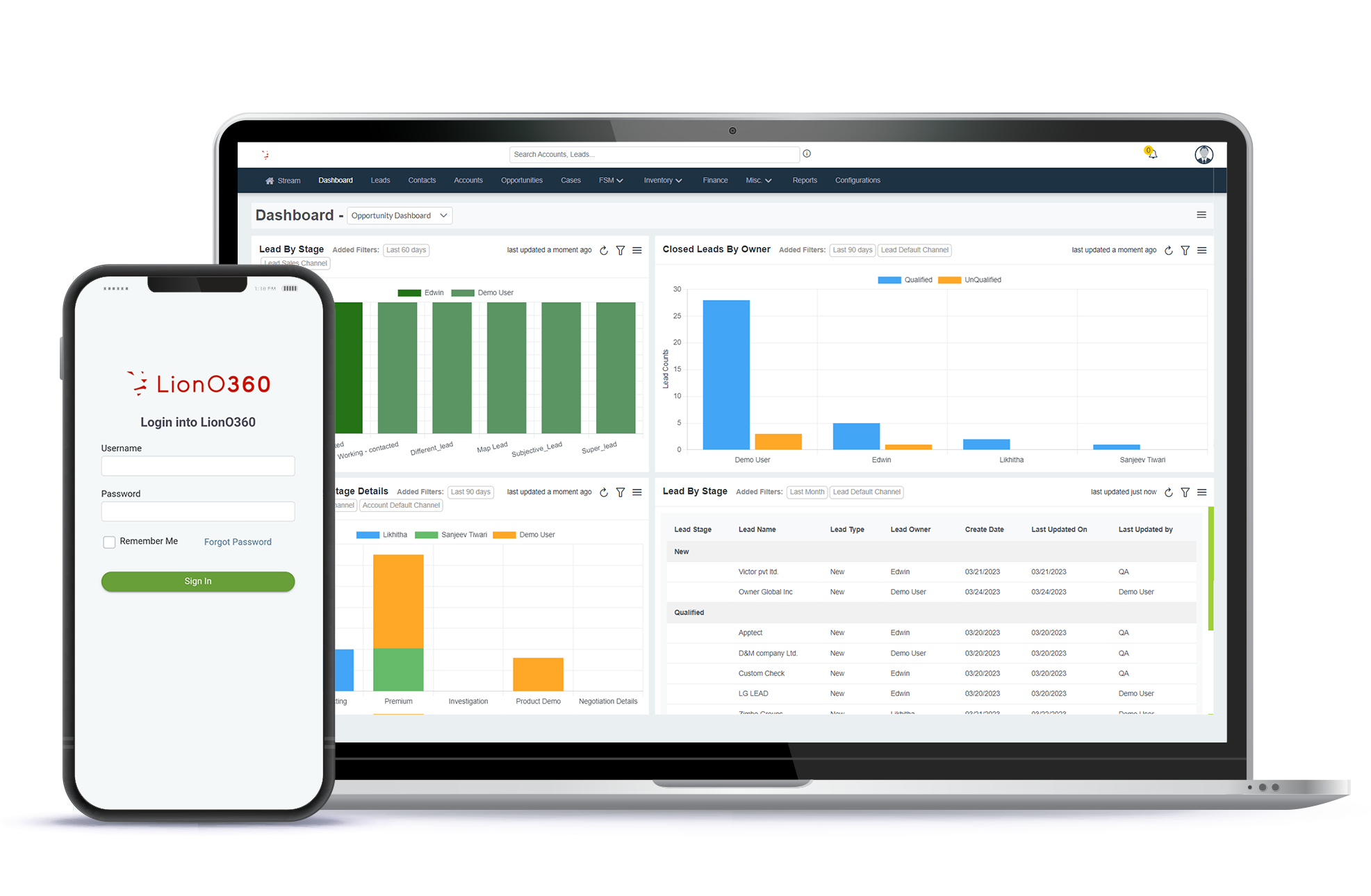
Whether you're managing leads, following up with clients, or nurturing long-term relationships, manual processes can slow you down and open the door to mistakes. That’s where CRM (Customer Relationship Management) software comes in—not just as a digital Rolodex but as a powerful automation tool that can transform how you work.
In this blog, we’ll explore how CRM automation works, its benefits, and step-by-step guidance on automating your workflows to maximize efficiency, boost sales, and improve customer satisfaction.
What is CRM Workflow Automation?
CRM workflow automation refers to the use of software to automate business processes and repetitive tasks within a CRM system. These can include lead capture, follow-up emails, task assignments, data updates, and more—without manual intervention.
Instead of spending hours juggling spreadsheets, responding to every inquiry by hand, or remembering to send follow-ups, automation helps your team focus on what matters most: building relationships and closing deals.
Benefits of Automating Your Workflows with CRM Software
- 1. Saves Time: Eliminate repetitive tasks like data entry, lead assignments, or follow-up reminders.
- 2. Increases Productivity: Sales and support teams can focus on high-value activities instead of admin work.
- 3. Improves Lead Management: Automated nurturing sequences ensure no lead slips through the cracks.
- 4. Enhances Customer Experience: Timely responses and personalized interactions build trust and loyalty.
- 5. Boosts Sales Efficiency: Automate scoring, segmenting, and outreach to move prospects through your funnel faster.
- 6. Reduces Human Error: Consistency in data handling and communication ensures higher accuracy.
Common CRM Automation Features
CRM platforms like LionOBytes, Salesforce, or Freshsales offer a wide array of automation capabilities. These typically include:
- Email Sequences: Schedule a series of automated, personalized emails for lead nurturing.
- Task Automation: Automatically create tasks based on customer actions or deal stages.
- Lead Scoring: Automatically assign scores based on behavior and interactions.
- Pipeline Automation: Move deals between stages when certain conditions are met.
- Notifications & Alerts: Get instant alerts for important activities.
- Data Updates: Automatically update fields like lead status or contact info.
One-by-One: How to Automate Your Workflows Using CRM
One-by-One: How to Automate Your Workflows Using CRM
Step 1: Define Your Objectives
Think about your initial goals, like what are you trying to achieve? Faster lead response? Better customer retention? Increased sales? Always keep it clear about the problem you're solving with automation.
Step 2: Map Out Your Workflow
Visualize your process. Outline a draft about each step, trigger, and action you want to automate. Tools like Lucid chart or simple whiteboarding help here.
Step 3: Choose the Right CRM
Now, select a CRM that fits your needs and budget. Popular options are:
- LionO360 CRM (great for marketing & sales automation)
- Zoho CRM (affordable and flexible)
- Pipedrive (intuitive for sales teams)
- Freshsales (AI-powered with good automation features)
Step 4: Use the CRM’s Workflow Builder
Most CRMs offer a visual workflow builder where you can set up triggers and actions. For example:
- Trigger: “When a lead opens an email”
- Action: “Assign to sales rep” and “Send follow-up email”
Step 5: Test Your Automation
Always test before you go live. Use dummy data or sandbox environments to simulate how your workflow will behave. You can also opt for various CRM automation tools.
Step 6: Monitor & Optimize
Use CRM analytics to track performance. Are people opening your automated emails? Are leads converting faster? Make tweaks to improve results.
Best Practices for CRM Automation
- Don’t Over-Automate: Avoid removing human touch from customer interactions.
- Personalize Your Communication: Use dynamic tags to make emails feel personal.
- Keep Your Data Clean: Ensure your CRM is regularly updated to avoid triggering incorrect actions.
- Train Your Team: Everyone should understand how automation works and how to use it.
- Stay GDPR-Compliant: Ensure your automated workflows follow data protection regulations.
Drive Results Faster with LionO360 CRM

CRM workflow automation is not just a time-saver—it’s a strategic advantage. LionO360 CRM empowers your team to focus on what they do best: selling, supporting, and delighting your customers. Whether you're a startup trying to manage a growing list of leads or an enterprise juggling thousands of accounts, automation can streamline your operations and drive better results.
Start small, automate one workflow at a time, and build from there. Streamline business processes With LionO360 CRM and turn chaos into clarity and growth.
Need help with CRM automation? Call us at +91 92661 33544 and our experts will help you design a workflow that works for you. Or book a free CRM demo to know more!
Frequently Asked Questions
Is workflow automation suitable for small businesses?
Yes. It offers the same gains as large and medium-sized businesses are getting. It helps streamline repetitive tasks, reduce manual errors, and save time—allowing teams to focus on growth and customer
Can CRM automation improve customer relationships?
Absolutely. CRM automation enhances customer relationships by ensuring timely follow-ups, personalized communication, and consistent service. It helps track customer interactions, anticipate needs, and deliver better experiences—ultimately boosting satisfaction and loyalty.
Which CRM features are best for workflow automation?
Key CRM features for effective workflow automation include:
- Task and activity automation (e.g., follow-ups, reminders)
- Lead routing and assignment
- Email automation and templates
- Sales pipeline tracking
- Integration with other tools (e.g., email, marketing platforms)
- Custom workflow builders for automating unique processes
How can CRM software automate sales workflows?
CRM software automates sales workflows by managing leads from capture to conversion. It can automatically assign leads, trigger follow-up emails, update deal stages, set reminders for sales reps, and generate reports. This reduces manual effort, shortens sales cycles, and increases team productivity.










